It’s a classic trope of fashion magazines: What’s in your bag? But that question, posed by a photographer with the International Rescue Committee to refugees arriving in Greece from Syria and Afghanistan, takes on a very different tone.
This summer, the nonprofit refugee aid group sent one of its staffers, a photographer named Tyler Jump, to Greece on a mission to bring more attention to the tens of thousands of refugees arriving there from Syria and Afghanistan. As IRC’s Juliette Delay told me, the refugee crisis here has grown so huge that it’s difficult for people to comprehend the humanity behind the facts — and that’s a problem when it comes to bringing aid and offering shelter to the refugees. “I wanted to bring human side to a story that really, really quickly becomes a bunch of numbers,” she says.
To cut through the maths, she and Jump decided to focus on a question nearly anyone could relate to: “What would you take if you had two seconds and had to run?,” Delay asks. “In the States, people would think about that in the context of a fire. You’d take your wallet and your baby, which is basically what these people are doing.”
On the back page of a magazine, laying out the contents of a celebrity’s purse is a chance to sell lipgloss. For refugees who have spent weeks or months crossing hundreds of miles of open water and land to flee from war in Syria and Afghanistan, the question What’s In My Bag? is one of long-term survival.
Jump was stationed on Lesbos, an Greek island not far from Turkey that has become a hub for tens of thousands of refugees trying to reach Europe. According to The New York Times, more than 15,000 refugees made it to Lesbos in June alone, yet “only squalor awaits them here.” It’s a weigh station along the extraordinarily dangerous journey into Europe, and it’s where Jump interviewed dozens of refugees to record their stories.
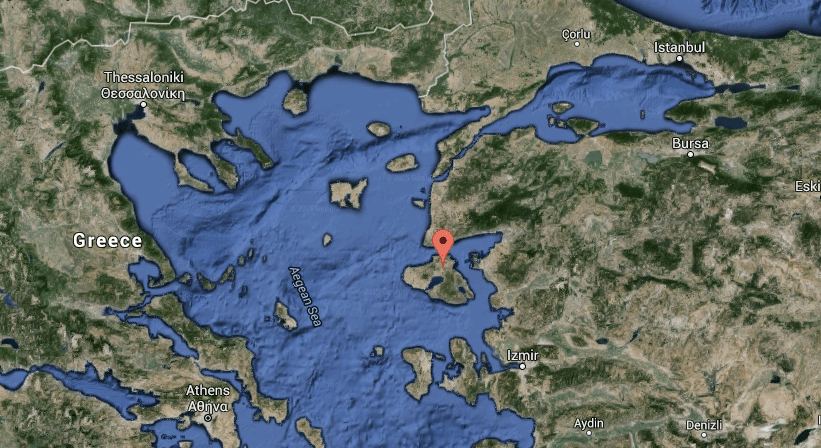
There, he met refugees like a Syrian pharmacist who climbed aboard a rubber dinghy with more than 50 others. When boat took on water he had to spent 45 minutes treading water before being rescued. His belongings included a 16GB flash drive with photos of his family. “I had to leave behind my parents and sister in Turkey,” he told Jump. “I thought, if I die on this boat, at least I will die with the photos of my family near me.”
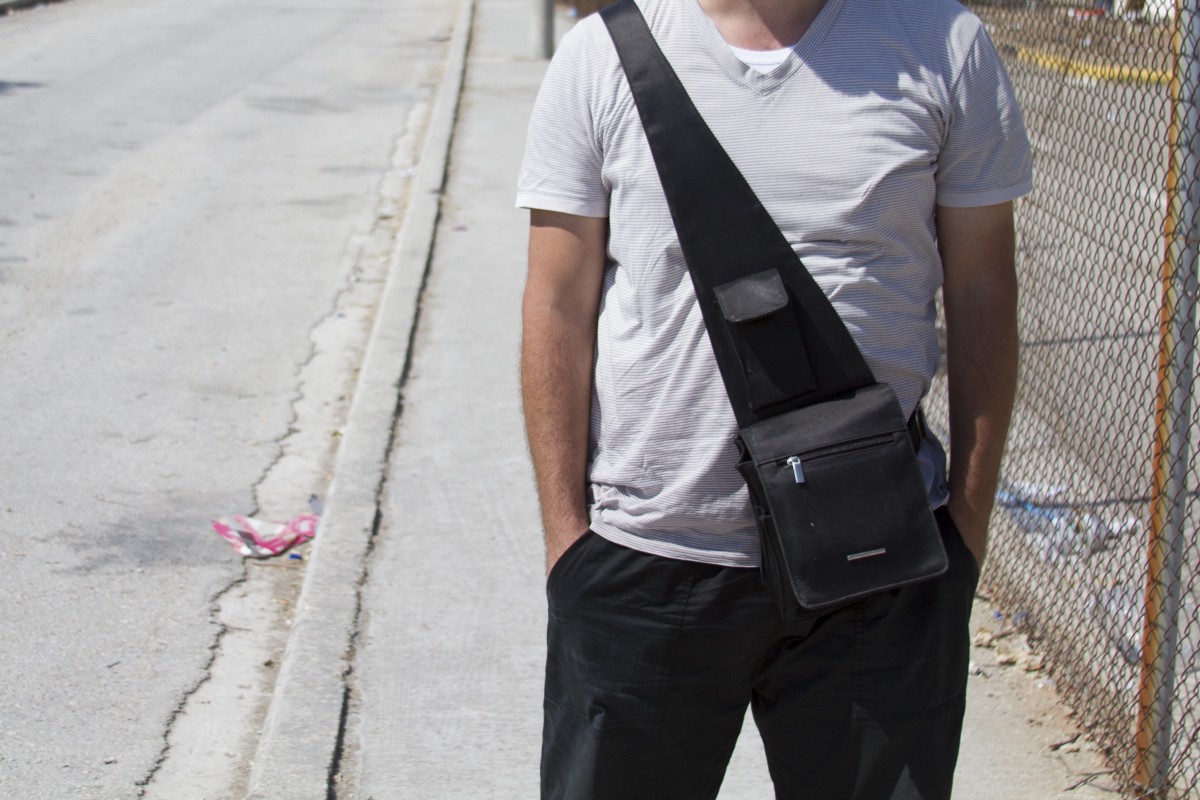
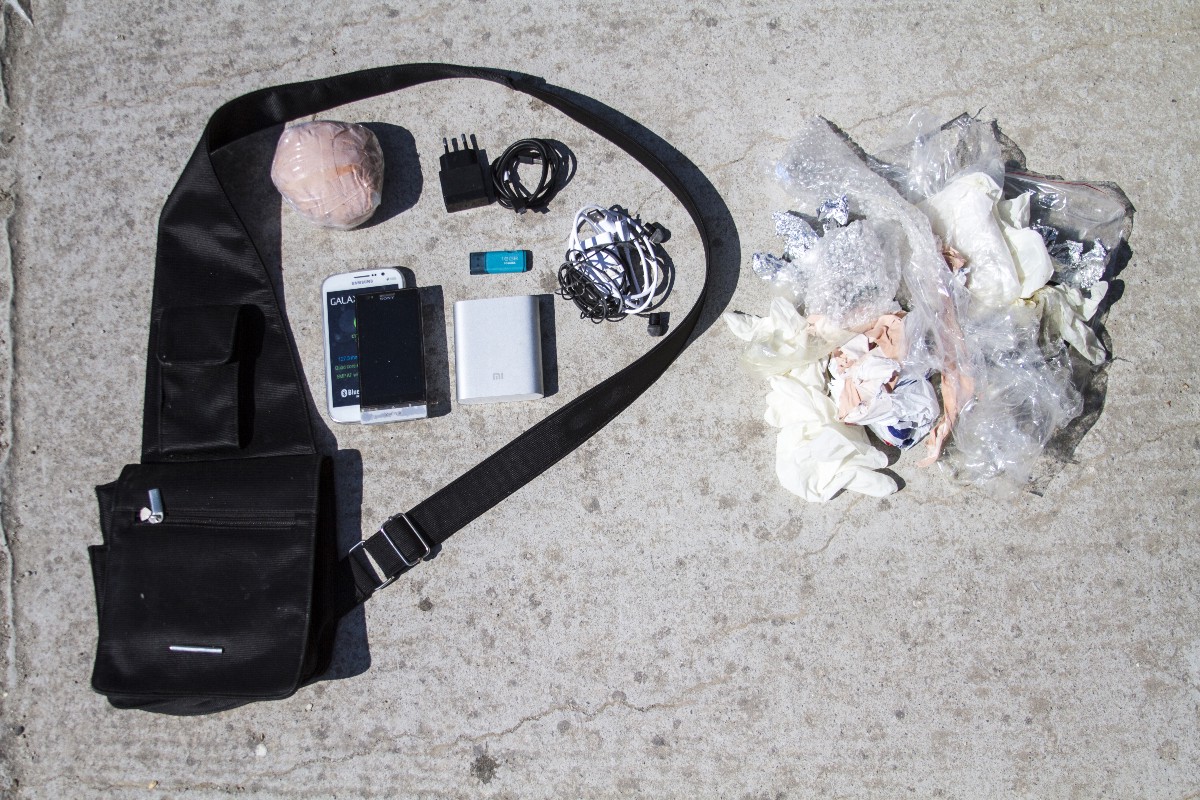
- Money (wrapped to protect it from water)
- Old phone (wet and unusable) and new smart phone
- Phone chargers and headphones (plus extra battery charger)
- 16GB flash drive (containing family photos)
Another refugee, Aboessa, was travelling with her husband and 10-month-old. She described the acts of kindness from local Greeks. “When we arrived in Greece, a kind man gave me two jars of food. Another man gave us biscuits and water when he saw my baby,” she tells Jump.
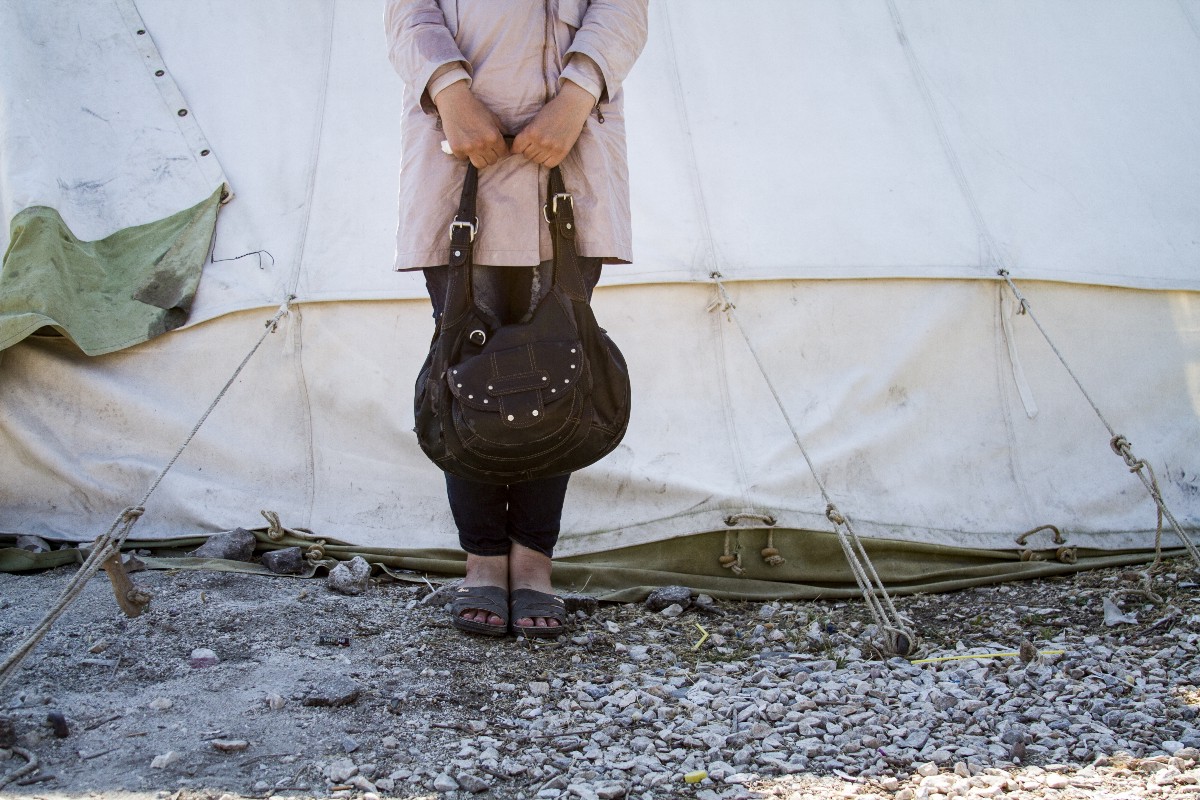

- Hat for the baby
- An assortment of medication, a bottle of sterile water, and a jar of baby food
- A small supply of napkins for diaper changes
- A hat and a pair of socks for the baby
- Assortment of pain relievers, sunscreen and sunburn ointment, toothpaste
- Personal documents (including the baby’s vaccination history)
- Wallet (with photo ID and money)
- Cell phone charger
- Yellow headband
Then there were children, like six-year-old Omran from Syria, who carried his own belongings in a colourful kids’ backpack. “Because his parents knew they would travel through forests to avoid detection, they made sure to pack bandages for scrapes and cuts,” writes Jump.
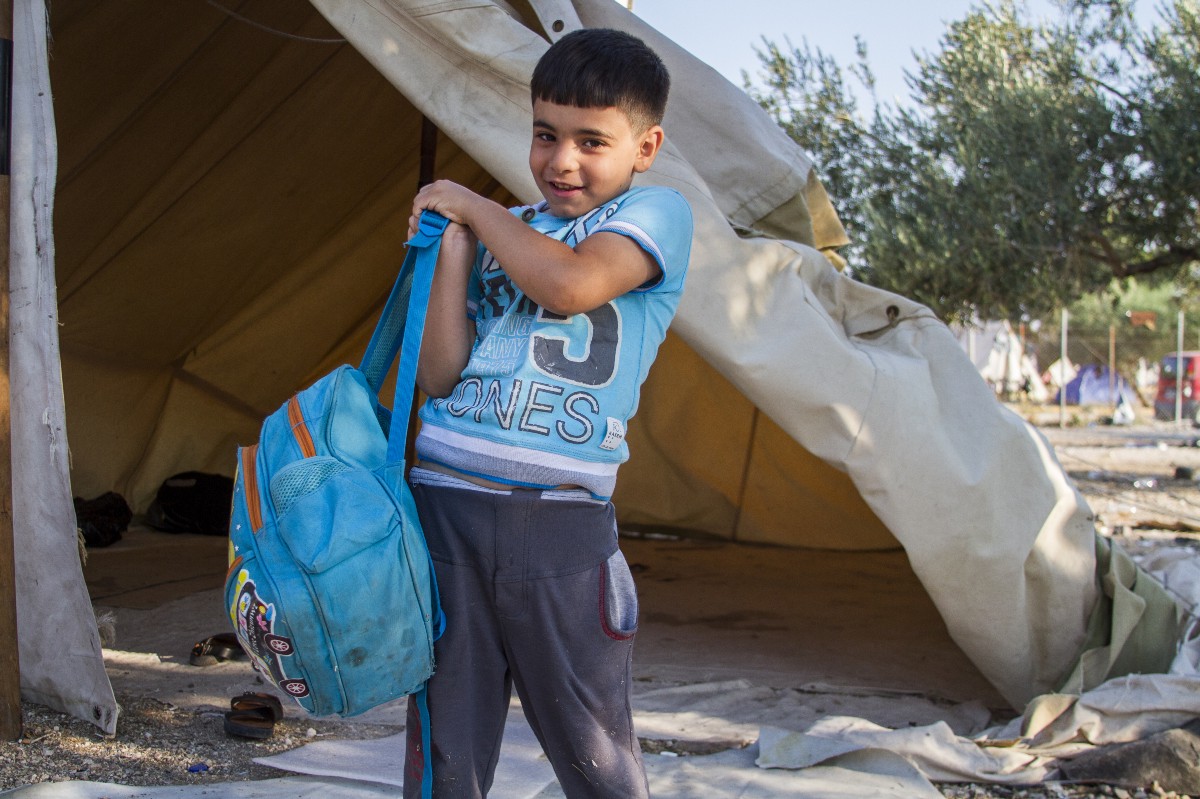
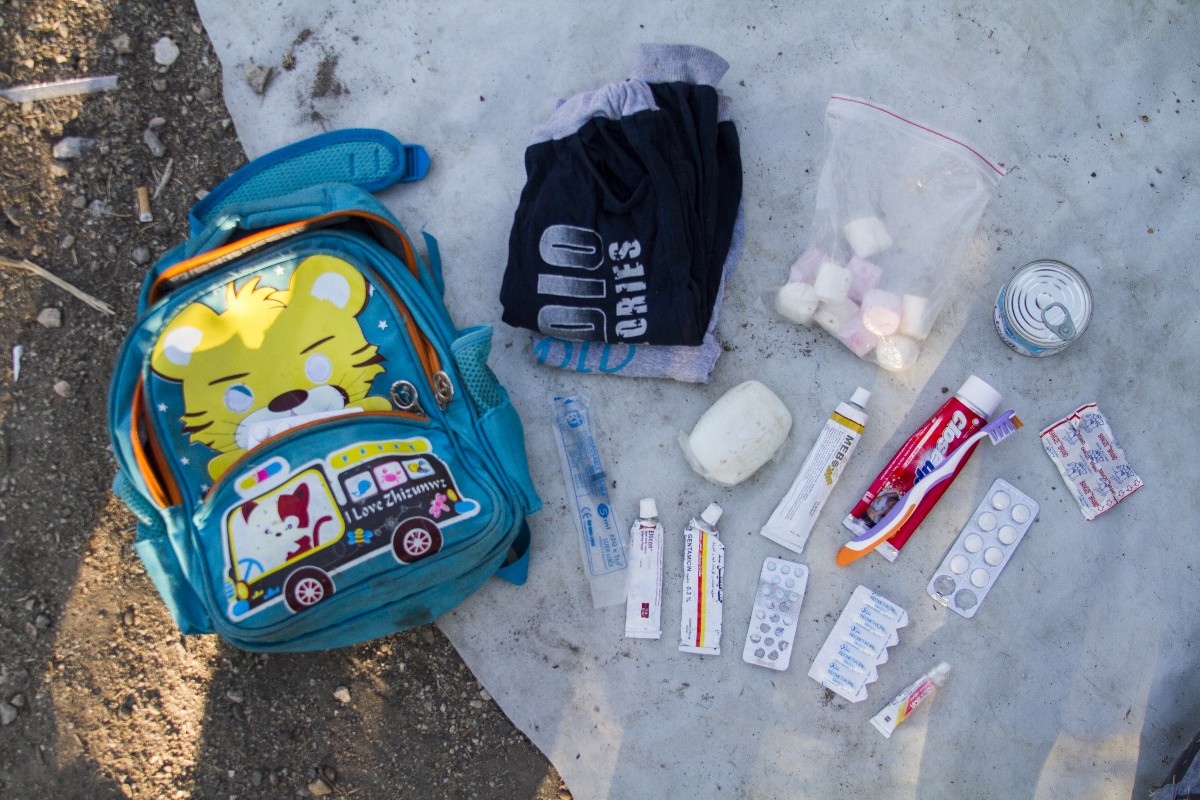
- 1 pair of pants, 1 shirt
- A syringe for emergencies
- Marshmallows and sweet cream (Omran’s favourite snacks)
- Soap, toothbrush and toothpaste
- Bandages
Nour, a 20-year-old from Syria, originally had two bags, but the one with his clothes was lost. Now, the former painter and guitarist carries the contents of the other bag, including two guitar picks and a watch from his girlfriend.

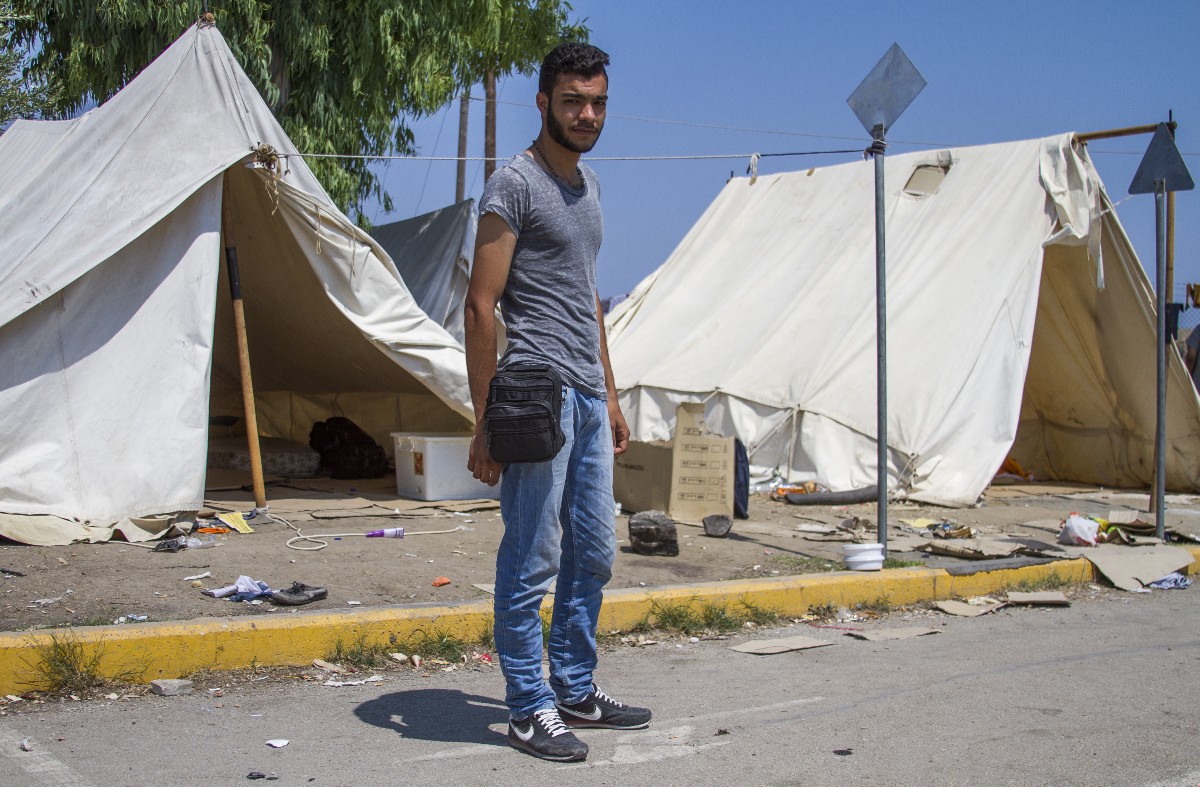
- Small bag of personal documents
- A rosary (gift from his friend; Nour doesn’t let it touch the floor)
- A watch (from his girlfriend; it broke during the journey)
- Syrian flag, Palestinian charm, silver and wooden bracelets (gifts from friends)
- Guitar picks (one also a gift from a friend)
- Cell phone and Syrian SIM card
- Photo ID
- 1 shirt
Traditionally, the IRC’s mission is focused directly on refugees in and around conflict zones. But the refugee crisis spans whole continents, and part of bringing aid to these far-flung and unwillingly transient refugees deals with how the rest of the world thinks about them (or doesn’t, as the case may be).
Part of the idea behind What’s In My Bag is to demonstrate the dire circumstances under which these refugees have been forced to flee their home countries. “They aren’t fleeing because they want better opportunities,” Delay says. “They’re feeling because they have no other choice.” That’s a crucial distinction, and one that’s ambiguous in the way the refugee story has been reported in the media.
The very words used to describe this crisis are just as important. Newspapers and websites have often referred to the refugees as “migrants” this summer, a stilted term that implies a modicum of choice and freedom that weren’t part of the equation when refugees were forced out of their homes or the camps to which they’d already been pushed.
“All of these people are refugees, not migrants, and it’s a really important distinction,” Delay adds. “Words matter… The media has a responsibility to be accurate in how they talk about these things.”
You can read Jump and Delay’s full story here.
